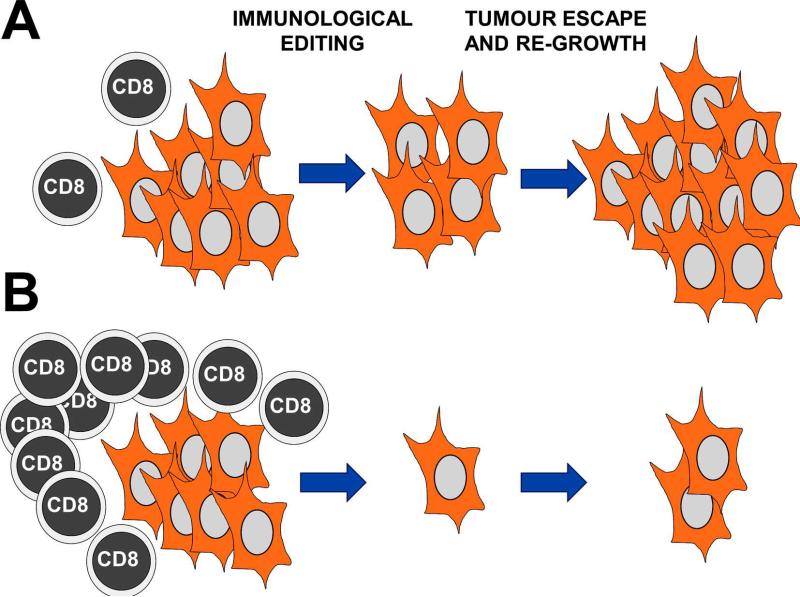Figure 1. A critical mass of TAA-specific cytotoxic T cells is necessary to reduce immunological editing and cancer escape.
(A) A tumour mass represented as a group of transformed cells (orange) is being attacked by a limited number of TAA-specific T cells (left). Immunological editing takes place as indicated above the arrow, due to limited and slow killing of TAA-expressing T cells leaving a significant number of poorly immunogenic cancer cells alive (centre). These cells eventually re-grow through reduced immunogenicity and lack of CD8 T cell attack (right). (B) The same situation as in (A) with the difference that a large pool of TAA-specific cytotoxic CD8 T cells has expanded following immunotherapy (left). In this way, a larger number of cancer cells will be killed in the tumour mass, leaving no cells or a very reduced number of them alive. This situation will minimise immunological editing and cancer escape (centre). At the end, as turns out in many cancer immunotherapy treatments, the tumours usually come back. However, in comparison with the situation shown in (A), it will take longer to the tumour to regrow with an associated increase in survival.

